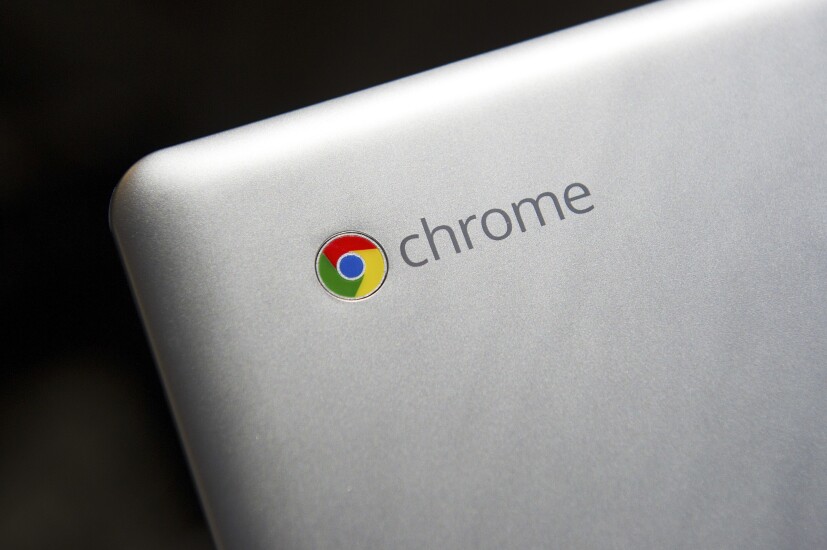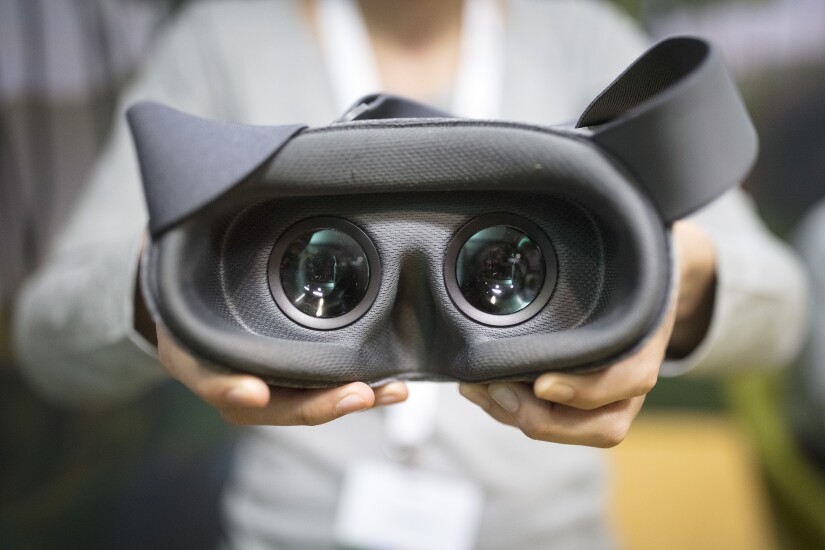

Voice-controlled commerce
The new platform simulates the open-ended nature of calling a store to place an order, but includes certain perks of mobile commerce such as stored account information and pictures of products.
Google demonstrated this process by placing an order with Panera Bread through the Google Assistant built into its smartphones and the Google Home speaker.
"The platform handles all of the complexity," said Valerie Nygaard, senior product manager Google, in a presentation at the Google I/O developer conference on Wednesday.
The Google Assistant, representing Panera, suggested menu items with pictures and was able to access Nygaard's stored addresses and payment details without installing an app or setting up a Panera account. It used fingerprint authentication before sending any of this information to the merchant.
"I was in control of what I shared, every step of the way," said Nygaard, who described the process as "super easy, like I was talking to someone at the store. I didn't have to install anything or create an account."

Payments API for Chrome
Called the Payment Request API, the interface will allow those making payments on Android devices to do so without inputting payment card credentials or logging into PayPal each time, first reported by the
Google's move to streamline payments from its mobile devices comes nearly a year after Apple revealed that its Apple Pay wallet would be supported through its
Last year, Bloomberg reported that Safari was the browser of choice in only 13% of the market, trailing Chrome, the market leader with 59%.

Biometrics in Android Pay
This functionality could be an extension of lessons learned from the recently mothballed
Mobile payments and biometrics have had a close relationship ever since Apple Pay launched on top of Apple's Touch ID fingerprint authentication system. But even fingerprint authentication adds some friction, so companies like Samsung have been developing
The closest Google has come to facial recognition in the past was its Hands Free concept, which displayed a photo of the shopper to the cashier for verification. This concept resembled a model that PayPal and Square have separately experimented with, but didn't let the device itself play a role in verifying the user by his or her looks. It also relied on human judgment and, therefore, invited human error.

Next steps in VR
It's also making VR less clunky by redesigning its interfaces around voice control. For example, YouTube VR will support chat rooms that let people comment on videos by voice instead of typed comments. It will also allow users to do more without removing the headset.
So what does this mean for payments? Time will tell, but banks are already taking notice. At this year's Card Forum, hosted by SourceMedia in Austin,
"Virtual reality is only a sandbox platform at the moment," she said, but it's also compelling.
When consumers "put on a virtual reality headset and get to experience a product ... [they] are much more willing to make that purchase," Wilkinson said. "They are much more engaged with it, they can see it, they can feel it."

New partnerships
The deal expands upon an agreement last month in which PayPal became an
For PayPal, the new arrangements with Google and Android Pay continue a trend for the former eBay unit in creating partnerships that expand PayPal's exposure to more merchants.
The shift in PayPal's strategy kicked off midway through 2016 when the company established a working relationship with





